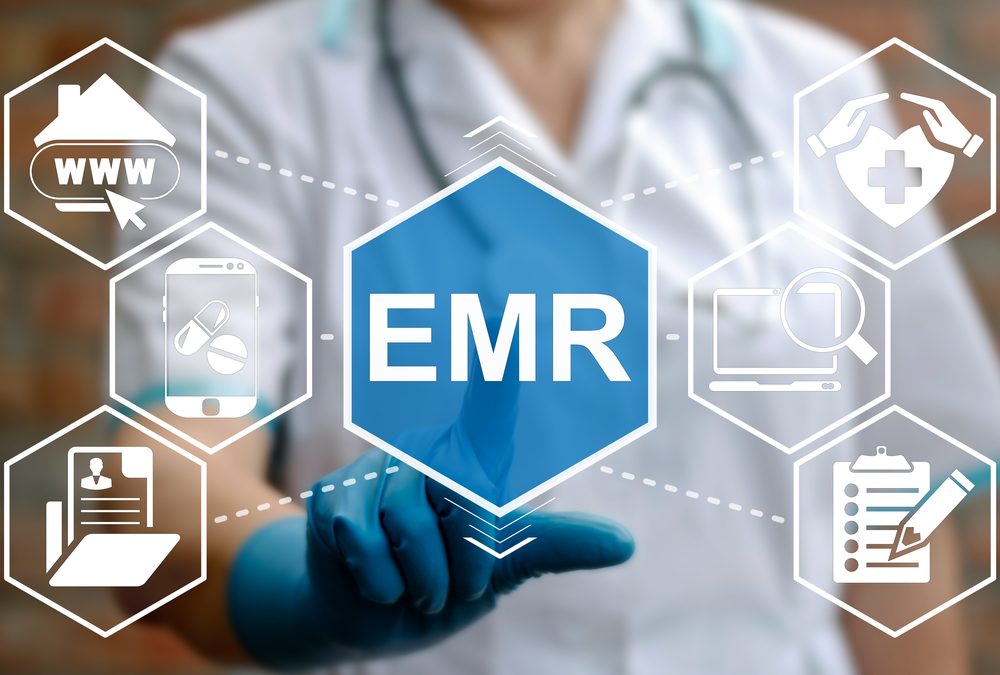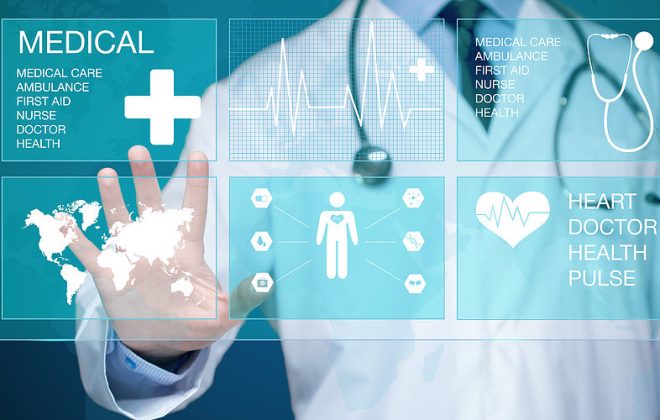How to Prevent Tech from Adding to a Clinician’s Load?
Technology is rapidly disrupting the healthcare space. Today, more and more physicians use Electronic Health Records to capture patient care information, analytics tools to predict illnesses and personalize care, and other revolutionary technologies to facilitate better care. They are surrounded by tech and solutions that demand time and attention.
Ideally, technology shouldn’t be a burden for clinicians. But, more often than not, that is the case.
Physician Screen Burnout is a thing
As physicians now need to balance high-quality care delivery with technology, they are feeling burnt out. Near the end of 2018, Dr. Atul Gawande wrote an article titled, ‘Why doctors hate their computers’.
The explosion of information on physicians has led them to develop animosity toward technology. They spend increasingly more time documenting, processing, and conveying information pertaining to care activities to various stakeholders.
They are now forced to spend more time with digital screens than they do with patients, only to keep up with things and maintain systems.
But things don’t have to stay this way.
We are at the cusp of witnessing the technology that reduces cognitive load for physicians as well as systems that don’t deliver on what they promise. When physicians are involved actively in the early stages of a solution’s development, the latter will happen less frequently, says Jack Resneck, chair of the American Medical Association Board of Trustees in an interview published on HIMSS TV.
He goes on to say that for every 1 hour that a physician spends with a patient, they’re currently spending two documenting the entire patient journey through paper-based as well as computer-based methods. This was a result of a study conducted by AMA, where they followed clinicians in various specializations and looked at their time and efforts.
Here are a few ways how this cognitive load of technology can be reduced for clinicians:
Single Source of Truth
When physicians proactively seek out information, it’s important they have access to a single source of truth through a centralized repository. It is also critical that the information is accessible through an intuitive and reliable search function.
An internet-based directory that keeps updated information about schedules, preferences, and contact information can be ideal. This can help clinicians find the right colleague at the right time without spending a lot of time getting in touch with them.
Automation
Automation within the healthcare setting can help physicians do away with repetitive tasks. Technologies such as wearable devices can help patients note down their own vitals regularly and publish the information reliably onto the EHR system for the clinician.
Tasks such as these should be automated with accuracy, speed, and reliability in mind to reduce the cognitive workload for physicians. Technology implemented in such a way can become a physician’s greatest asset as opposed to their burden.
Intuitive Software Systems
Intuitiveness aims to offer something of value predicting its demand and need. Intuitiveness in healthcare systems is of critical importance when physicians are dealing with patients undergoing severe illnesses. Physicians should get access to training and informational content intuitively as per their needs.
Intuitive software systems can help lessen a physician’s burden to find the right medication or look at the patient’s health history to recommend a course of treatment or dietary plan.
Actionable Insights with Clinical Priority and Context
Technology can also help prevent disruption of a clinician’s workflow by including relevant clinical context to information to facilitate decision-making depending on where a physician is at a given moment. Clinical alarm surveillance systems can associate and combine valid alarms from systems and deliver actionable alerts to a particular clinician’s preferred device.
Technologies such as this one can prioritize urgent alarms that need immediate action and suppress others that might not be as important. This ensures clinicians are not disturbed for alarms that might not need intervention. Real-time patient data can be made available to doctors, so they can make accurate clinical decisions and act on them quickly.
Speed and Efficiency of Technology
Physicians need to respond to events as soon as they possibly can. Clinical communication and collaboration systemsmust be designed in a way to facilitate the speed in communications. Automated escalations are also a way to ensure a timely response. Messages that need immediate action can be escalated in cases of no response to either another device owned by the same person or their higher-up in the role.
These escalations can help physicians rest in the thought that if they miss an important alert, someone else might get it and respond to it instead. This safety net is key to reducing physician burden. As many communications from physicians are routine, specific communication templates can be integrated into a secure interaction system to facilitate quick replies without having to design the flow of the message.
Speech Recognition to Reduce Physician Transcription Burden
Google published its proof of concept study back in 2017 to conclude that voice technology employed by Google Assistant, Google Translate, and Google Home could become a tool for documentation.
Since documentation is a huge part of a clinician’s to-do list, voice technology can enable them to seamlessly document processes and treatments by voice commands. The growing shortage of primary care physicians and higher burnout rates are challenges that hamper high-quality care delivery.
Voice technology can be seen as a foundational one on top of which information extraction and summarization technologies can be built.
In order to prevent tech from adding to the physician’s burden, it needs to be designed with the physician as well as the patient in mind.
The focus of healthcare institutions should be to implement such solutions that empower clinicians to do what they do best, better. What are your thoughts?




